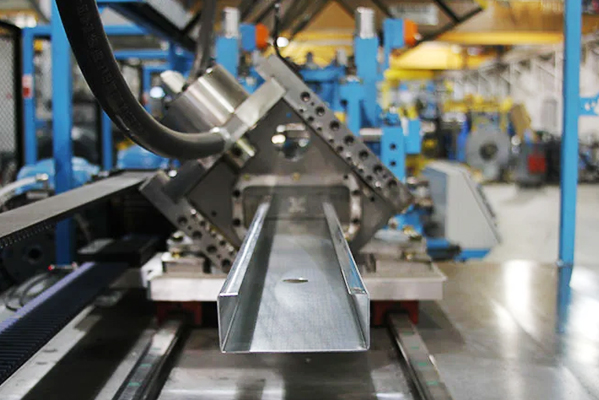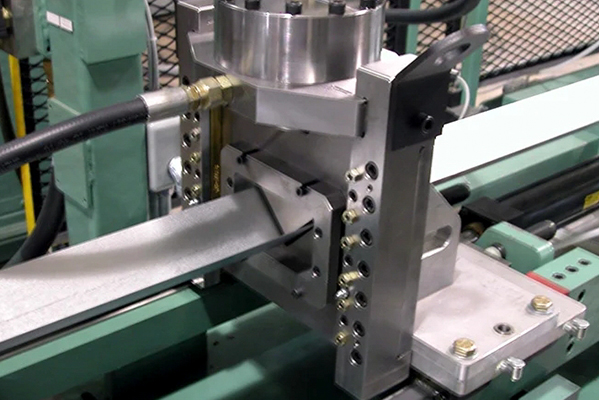Navigation Menu
Contact Us
- Email:
- info@wxavatar.com
- Address:
- Yurong Village, Yuqi Street, Huishan District, Wuxi, China.
Release Date:Apr 11, 2025 Visit:8 Source:Roll Forming Machine Factory
Metal framing is commonly used in construction for walls, ceilings, and partitions due to its durability and precision. To complete a metal framing project efficiently, having the right tools is important. Below is a list of essential tools needed for working with metal studs and tracks.
Measuring and Marking Tools
Tape Measure – A durable tape measure with clear markings helps ensure accurate measurements.
Chalk Line – Useful for marking straight guidelines on floors or walls before installation.
Speed Square – Helps in marking and verifying right angles when cutting metal studs.
Marker or Pencil – A permanent marker or pencil is needed for marking cuts and layout lines.

Cutting Tools
Aviation Snips – Designed for cutting thin metal, these snips come in left-cut, right-cut, and straight-cut varieties.
Electric Metal Shears – For faster and smoother cuts, electric shears reduce effort when working with large quantities of metal studs.
Reciprocating Saw – Equipped with a metal-cutting blade, this tool can make quick cuts in thicker framing components.
Angle Grinder – Useful for trimming and smoothing rough edges after cutting.
Fastening Tools
Screw Gun or Impact Driver – A cordless drill with adjustable torque settings helps drive screws efficiently without stripping heads.
Self-Drilling Screws – These screws are designed specifically for metal framing and eliminate the need for pre-drilling.
Framing Screw Bit – A magnetic bit holder with a #2 or #3 Phillips head ensures screws are driven securely.
Crimping Tool – Used for connecting metal studs and tracks when screws are not the preferred method.
Assembly and Alignment Tools
Level – A 4-foot or 6-foot level ensures that walls and partitions are plumb and straight.
Framing Square – Helps verify corners and ensures proper alignment during assembly.
Plumb Bob – Useful for transferring reference points from ceilings to floors when installing vertical studs.
Clamps – Temporary clamps hold metal studs in place while securing them with screws.

Safety Equipment
Work Gloves – Protect hands from sharp metal edges.
Safety Glasses – Prevent metal shavings or debris from entering the eyes.
Ear Protection – Recommended when using power tools for extended periods.
Dust Mask – Helps reduce inhalation of fine metal particles.
Having these tools on hand will help ensure a smooth and efficient metal framing installation process. Proper preparation and the right equipment contribute to a sturdy and well-built structure.